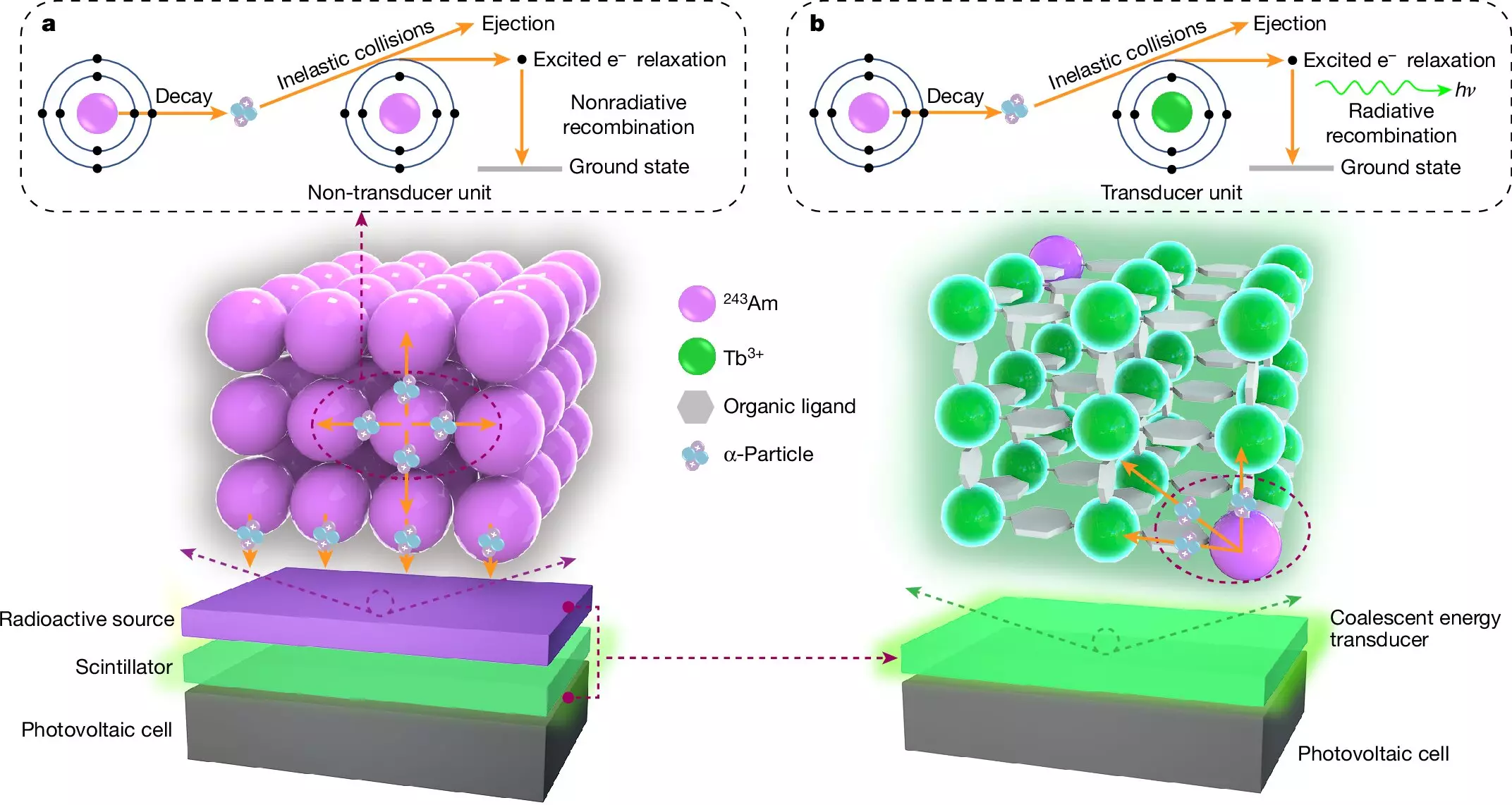In an exciting advancement for energy technology, a collaborative team of physicists and engineers from several Chinese institutions has unveiled an ultra-compact nuclear battery that outstrips conventional models by a factor of 8,000 times in efficiency. Published in the esteemed journal Nature, this breakthrough addresses a long-standing pursuit in the energy sector: creating diminutive, robust power sources that can support a myriad of devices from mobile phones to autonomous vehicles. This innovative approach could potentially redefine our contact with energy consumption in the not-so-distant future, particularly as we continue to grapple with the limitations of current power sources.
The quest for miniature nuclear power solutions has faced substantial roadblocks, primarily due to the inherent dangers tied to nuclear energy generation, irrespective of its scale. The complexity of securing nuclear materials and managing their exposure has made the development of small nuclear reactors unfeasible. Traditional batteries, although safer, have often fallen short in terms of longevity and efficiency. The design of small-scale power supplies that harness nuclear energy has primarily focused on minimizing the amount of radioactive material to mitigate risk, inadvertently reducing their potential output and efficiency.
The newly developed device revolutionizes this landscape by utilizing americium, a radioactive element, embedded within a crystal structure. The magic lies in the fundamental simplicity of their design; the crystal absorbs alpha radiation emitted from americium and converts it into light, producing a striking green luminescence. This light is then harnessed by a photovoltaic cell, which transforms it into usable electricity. Enclosed within a protective quartz cell, this design meticulously addresses safety concerns by preventing any radiation leakage, significantly enhancing the viability of the technology for consumer use.
Field tests have shown promising results, suggesting that the battery could remain functional for decades, drawing on the long half-life of americium, which spans an impressive 7,380 years. However, the researchers also caution that the overall lifespan of the device is limited by the degradation of its housing materials due to radiation exposure over time. The current output, while significantly improved, remains modest; approximately 40 billion units would be required to power a standard 60-watt light bulb. This highlights an essential trajectory for continued research and development.
Despite the current limitations, the implications of this technology are profound. The potential for miniaturized nuclear batteries to power remote devices, especially those deployed in deep space, could open new frontiers in exploration and technology. As researchers push the boundaries of this energy source, future enhancements could yield even more efficient power packs, paving the way for innovation in sectors where consistent power supply is critical. This breakthrough unearths promising prospects for sustainability and efficiency in energy consumption, marking a significant step forward in modern energy solutions. As we look ahead, the challenges encountered in further development will ultimately shape the future of energy technology as a whole.


Leave a Reply